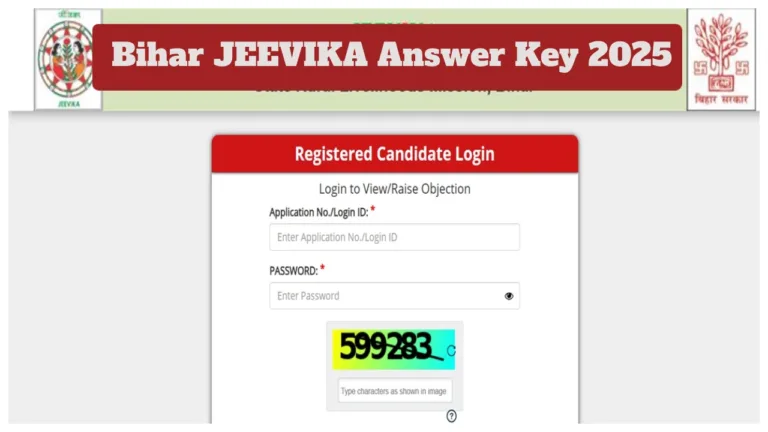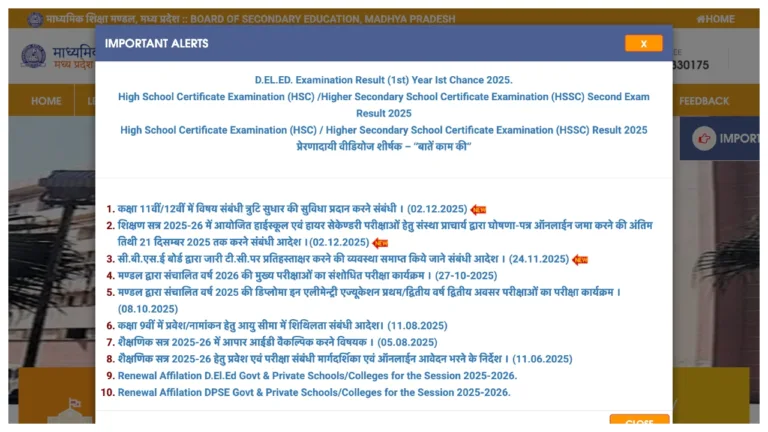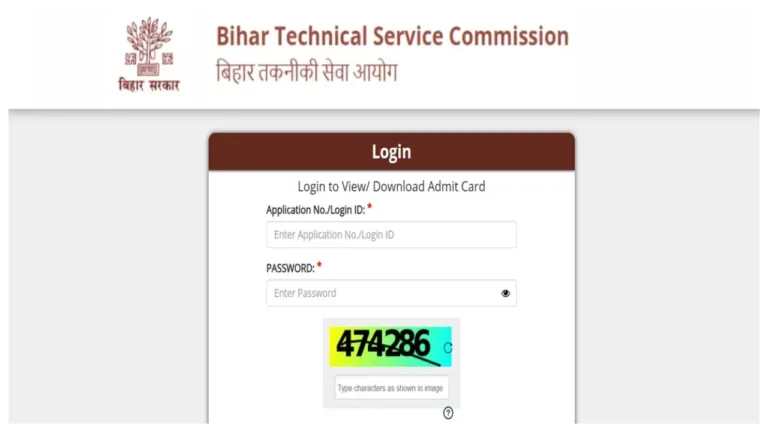Everyone needs support in old age. This support is not only from family, but also from money. That is why working people plan their retirement according to their budget in time. Amidst all the responsibilities, every working person must have thought at some point in time how he can save so much money, so that he does not need to earn in old age and the rest of his life can be spent comfortably.
Even if you have created a good fund till retirement, managing it is a big task. If you work on the 4% rule, then your budget will never go wrong, and you will have money in your pocket every month. So, if you are also planning for your retirement, then this rule can prove to be a game-changer for you.
The perfect way to manage expenses after retirement
The 4% rule is an effective way of saving and expenses after retirement. It states that after retirement, you can withdraw 4% every year from your passive income (savings). You can increase it a little every year according to inflation.

Despite this, your money will last for at least 30 years. For example, if a person has a fund of ₹2 crore at the time of retirement, he can withdraw 4%, i.e., ₹8 lakh every year. If calculated every month, this amount comes to ₹66,666. So, this rule provides you with a steady income that you can meet your needs.
How much money will you need for retirement
First of all, you have to calculate how much money you will need after retirement. It will depend on your lifestyle how much money you need. To assess this, you have to do a little research. You have to understand what the value of the rupee will be by that time. According to this, you will know how much money you will need. Take your current monthly expenses and estimate what your expenses will be at the time of retirement, keeping the inflation rate in mind.
Multiply annual expenses by 25
After figuring out the annual expenses after retirement, you need to multiply them by 25. The retirement corpus that comes from this, you have to invest it. The logic behind multiplying by 25 is that 4% of your savings can be withdrawn every year. For this, you have to divide 1 by 0.04, which will give 25. This will help you understand why you should create a big fund so that you can meet your needs even by withdrawing only 4%.

Withdraw 4% amount in the first year
Suppose your retirement corpus is ₹5 crore. You can withdraw 4%, i.e., ₹20 lakh, to meet your expenses in the first year. This will give you a starting point, and you will be able to manage your annual income easily. In the following years, you can increase this amount a little according to inflation.
How accurate is the 4% rule in inflation
The inflation rate in India is 6-7%. In such a situation, the 4% rule will not be fully effective. Therefore, some experts recommend keeping a withdrawal rate of 3.5-4.5%. If the inflation rate remains low, the withdrawal percentage can be increased. You may need to adjust this rule slightly, keeping in mind your personal circumstances and inflation rate. It may also be a good idea to consult a financial advisor.










